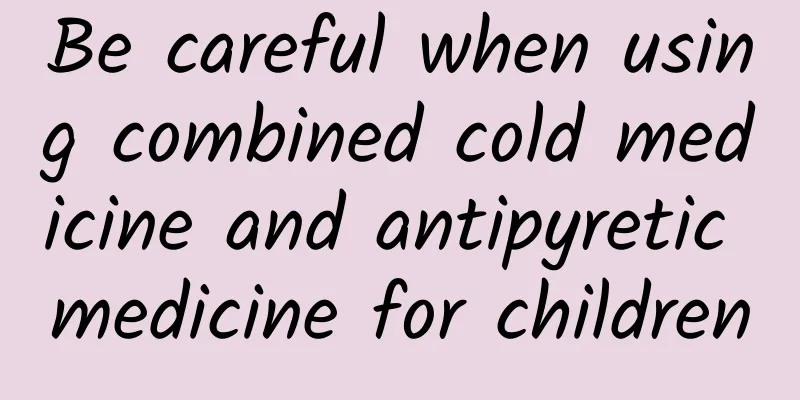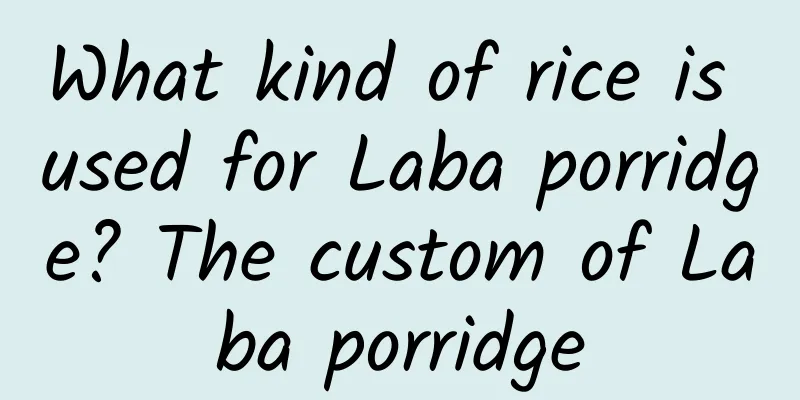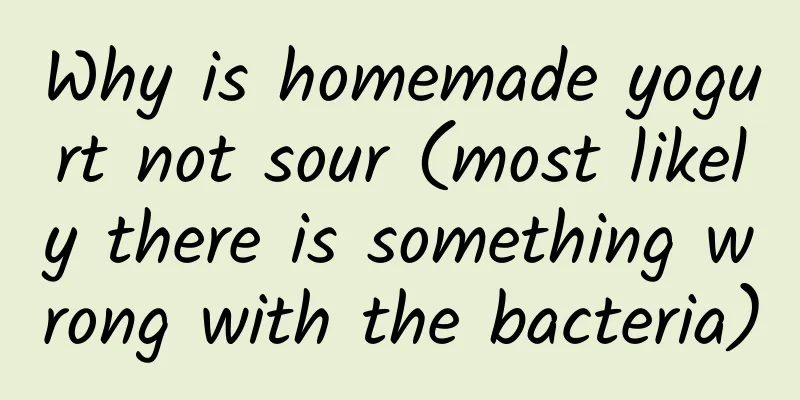What is the scientific method for treating cystic ovary?

|
Ovarian cysts are well-known to everyone. This is a common gynecological disease. In fact, it is a benign tumor. Women of any age can suffer from this disease, but middle-aged women are more likely to suffer from it. Although it is benign, it can still cause great harm. For example, it can cause abdominal pain and cause great harm to the health of women's reproductive system. How should it be treated? 1. Common treatments for polycystic ovary syndrome: 1. General treatment. Patients should actively exercise, reduce the intake of high-fat and high-sugar foods, and lose weight. This can cause the androgen level to drop, which is beneficial for restoring ovulation. 2. Laparoscopic surgical treatment. If the above two methods are not effective, laparoscopic surgery should be considered. Under laparoscopy, the follicles are punctured to reduce the androgen level, thus achieving the therapeutic goal. 3. Drug treatment. Drug treatment can counteract the effects of androgens and induce ovulation in the ovaries. You can stop taking the medicine after the hormone levels are tested normal. 2. Clinical manifestations of polycystic ovary syndrome: 1. Infertility. Primary infertility is more common. 2. Obesity. Or there is only weight gain but obesity is not obvious. 3. Hairy, especially on the upper lips, arms and lower limbs. There may be one to several long hairs around the breasts and the midline of the lower abdomen. 4. Gynecological examination may palpate one or both ovaries. 5. Oligomenorrhea, oligomenorrhea, and secondary amenorrhea. Anovulatory menstruation, menorrhagia, excessive menstruation or functional uterine bleeding. 3. Analyzing the causes of polycystic ovary syndrome, there are four factors: First: adrenal cortex dysfunction. Second: Impairment of pituitary gonadotropin secretion. Third: functional defects in the enzyme systems required for ovarian steroid biosynthesis. Fourth: It may also be related to chromosomal inheritance. 4. Can polycystic ovary syndrome be cured? Polycystic ovary syndrome, referred to as PCOS, is an endocrine disorder. It often occurs among women of childbearing age and occurs more frequently. So can it be cured? The answer is yes. As long as the patient cooperates with the doctor's treatment, there is still a way to treat it. |
<<: Pregnant women with bleeding gums should eat more of these
>>: Is dysuria in women related to kidney disease? Check and eliminate the cause in time
Recommend
Is it possible to get pregnant with ovarian cysts?
The ovaries are important reproductive organs of ...
What does menstruation without ovulation look like?
Eggs and sperm are prerequisites for pregnancy. I...
Does moxibustion work for uterine fibroids?
Surgery is currently the most common method for t...
What is ectropion of the cervix?
Mothers should have a full understanding of child...
What is conception day?
The day of conception is actually the day of ovul...
How to massage breasts for breast hyperplasia
Breast hyperplasia is a common gynecological dise...
Social Media Usage Behavior Survey Report in the Third Week of Ramadan in Indonesia in 2019
The change in traffic volume of social media usag...
How old can babies drink milk powder? How to choose milk powder that is easy to absorb?
Babies who are fed with formula milk and families...
How to relieve pain during menstruation?
After women enter puberty, they will have menstru...
How many days is normal for menstrual cycle
Women's menstrual cycle, also known as menstr...
How to design a study room that is more durable and practical? What aspects can be started from the decoration of the study room?
We all know that the study is a common place and ...
Which type of milk is more nutritious? One look and you'll know
There are many kinds of milk on the market now, i...
Why is my period delayed by 10 days every time?
If your period is delayed for no more than three ...
Why do pregnant women have hot breasts?
Nowadays, more and more patients suffer from brea...
What causes female urethral itching?
In daily life, many female friends will experienc...









